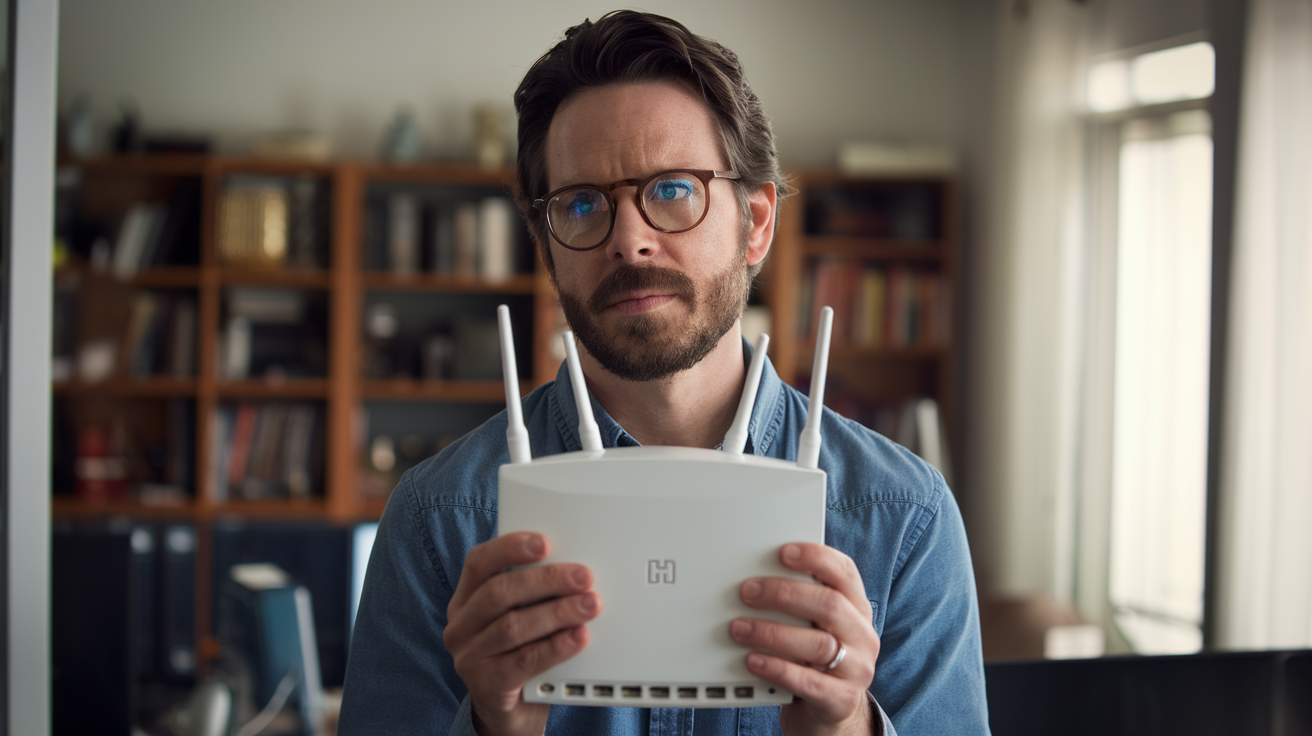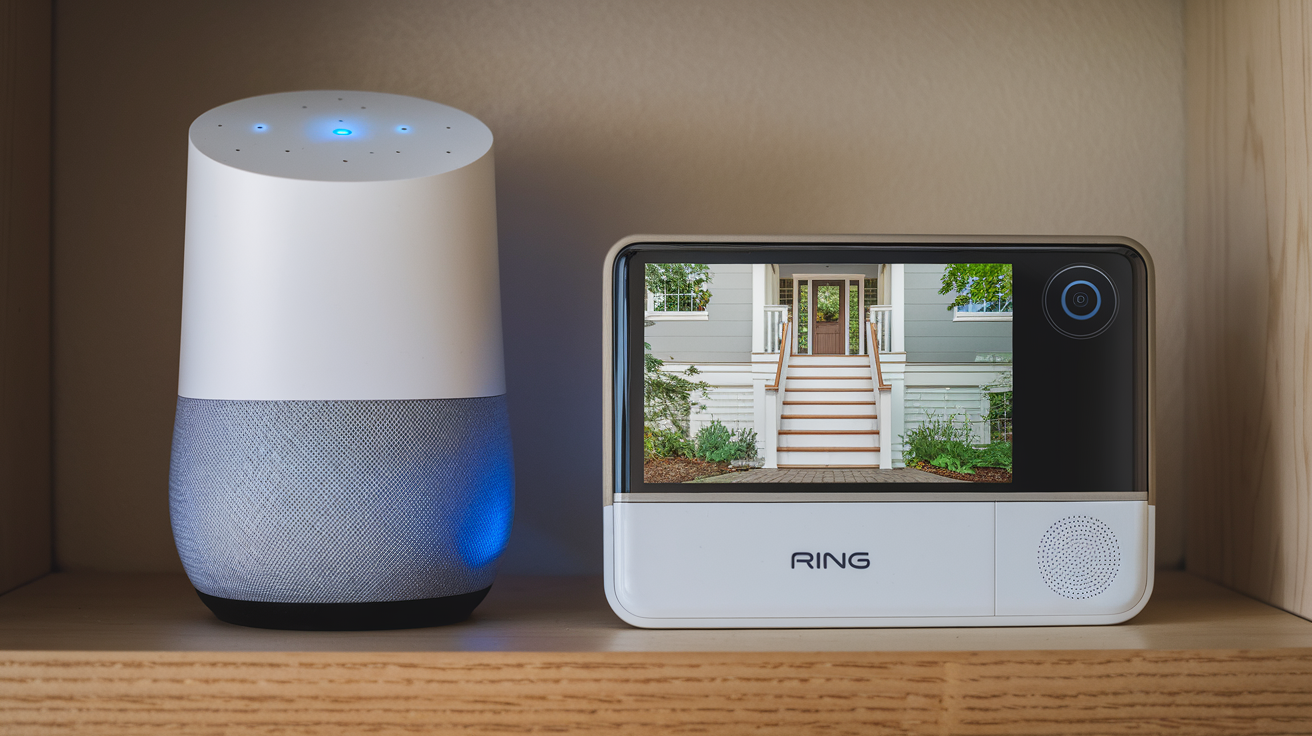In our hyper-connected world, WiFi is everywhere—our homes Security Systems, workplaces, coffee shops, even public parks. It’s the invisible thread that keeps us online, streaming, and scrolling. But as reliance on wireless technology grows, so does a lingering question: could WiFi be putting our health at risk? Specifically, is there a link between WiFi exposure and cancer? It’s a topic that sparks heated debates, with some sounding the alarm and others dismissing it as fearmongering. Let’s dive into the science, the myths, and the current state of research to separate fact from fiction.
What Is WiFi, Anyway?
WiFi, short for Wireless Fidelity, uses radiofrequency (RF) electromagnetic fields (EMFs) to transmit data wirelessly. It operates in the 2.4 GHz and 5 GHz frequency bands—part of the non-ionizing radiation spectrum. Unlike ionizing radiation (think X-rays or UV rays), which has enough energy to strip electrons from atoms and damage DNA, non-ionizing radiation is lower-energy. It’s the kind we encounter daily from cell phones, microwaves, and even sunlight.
The idea that WiFi might cause cancer stems from concerns about long-term exposure to these RF fields. After all, we’re surrounded by them more than ever before. But correlation isn’t causation, and the leap from “WiFi is everywhere” to “WiFi causes cancer” requires evidence. So, what does the science say?
The Cancer Connection: Where Did This Idea Come From?
Fears about electromagnetic radiation and health aren’t new. They trace back decades, fueled by early studies on power lines and later by the rise of cell phones. WiFi entered the spotlight as wireless networks became ubiquitous. In 2011, the International Agency for Research on Cancer (IARC), part of the World Health Organization (WHO), classified RF-EMF radiation as “possibly carcinogenic to humans” (Group 2B). This classification came from limited evidence linking heavy cell phone use to glioma, a type of brain tumor.
WiFi operates in a similar RF range as cell phones, so naturally, the concern spilled over. Advocacy groups and some researchers began questioning whether constant exposure—say, sleeping next to a router or working in a WiFi-saturated office—could pose a cumulative risk. Headlines like “Is WiFi Killing Us Slowly?” didn’t help, amplifying public unease.
The Science: What We Know So Far
To assess WiFi’s safety, scientists have conducted countless studies on RF-EMF exposure. The good news? The overwhelming consensus is that WiFi, as we use it, doesn’t appear to cause cancer. Here’s why:
- Energy Levels Are Low: Non-ionizing radiation from WiFi lacks the power to break chemical bonds or damage DNA—the primary mechanism behind cancer development. It can generate heat (like a microwave warming food), but WiFi signals are far too weak to cause significant temperature changes in the body.
- Exposure Is Minimal: WiFi routers emit RF energy at levels well below international safety limits set by organizations like the Federal Communications Commission (FCC) and the International Commission on Non-Ionizing Radiation Protection (ICNIRP). For context, standing next to a router exposes you to less radiation than a short phone call—and even that’s considered safe by most standards.
- No Consistent Evidence: Large-scale studies have found no clear link between RF-EMF exposure and cancer. A 2018 review by the National Cancer Institute (NCI) concluded that decades of research on cell phones (which emit stronger RF fields than WiFi) show no consistent increase in cancer rates. Similarly, a 2021 study from the Australian Radiation Protection and Nuclear Safety Agency (ARPANSA) found no evidence that low-level RF exposure from WiFi harms human health.
- Animal Studies: Some experiments, like the 2018 National Toxicology Program (NTP) study on rats, reported tumors in animals exposed to high doses of RF radiation. However, these doses were far beyond what humans encounter from WiFi, and even the researchers cautioned against overgeneralizing the results.
The Skeptics’ Case: Why the Debate Persists
Despite the reassuring data, not everyone’s convinced. Critics argue that most studies focus on short-term effects, while cancer often develops over decades. They point to the IARC’s “possibly carcinogenic” label and suggest that long-term, low-level exposure—like living with WiFi 24/7—might still pose risks we haven’t detected yet. Some also cite anecdotal reports of symptoms like headaches, fatigue, or “electromagnetic hypersensitivity” (EHS), though science hasn’t established a causal link between these and RF fields.
Then there’s the precautionary principle: if we’re not 100% certain WiFi is safe, shouldn’t we err on the side of caution? This view has fueled calls for stricter regulations, WiFi bans in schools, and even “EMF-free” lifestyles. But without solid evidence, many experts see this as an overreaction.
WiFi vs. Other Risks: A Reality CheckTo put things in perspective, let’s compare WiFi to known carcinogens. Smoking causes over 480,000 deaths annually in the U.S. alone, per the CDC. UV radiation from tanning beds is a proven cancer driver. Even processed meats carry a higher IARC classification (Group 1: carcinogenic) than RF-EMF. Meanwhile, no study has definitively tied WiFi to a single cancer case. If WiFi is a risk, it’s dwarfed by factors we already understand and can control.
What About Kids?
One concern that keeps popping up is WiFi in schools. Parents worry that children, with developing brains and thinner skulls, might be more vulnerable. While it’s a valid question, research hasn’t borne out the fear. A 2017 Public Health England review found that RF exposure from WiFi in classrooms is negligible—often lower than from natural background radiation. Still, some advocate for wired connections as a precaution, though experts argue this may be more about peace of mind than science.
So, Should You Ditch Your Router?
Not based on the evidence. Regulatory bodies like the WHO, FDA, and CDC agree that WiFi, at current exposure levels, is safe. That said, if you’re still uneasy, there are simple steps to reduce exposure without going off-grid:
- Distance Matters: RF energy drops sharply with distance. Keep your router a few feet away from where you spend most of your time.
- Turn It Off at Night: If it helps you sleep better (mentally or otherwise), switch off your WiFi when it’s not in use.
- Use Wired Options: Ethernet cables are an easy alternative for stationary devices like desktops.
The Bottom Line
The link between WiFi and cancer remains a “maybe” rooted more in uncertainty than proof. Science leans heavily toward safety, backed by decades of research and real-world data—global cancer rates haven’t spiked alongside WiFi’s rise. Still, the debate won’t die, partly because absolute certainty is elusive in science, and partly because fear of the invisible is human nature.
For now, WiFi appears to be a negligible risk compared to life’s bigger health challenges—poor diet, inactivity, or stress (ironically, often worsened by too much screen time). So, keep streaming your favorite shows, but maybe take a walk outside, too. Your body will thank you far more than unplugging the router ever could.
Feel safe with the Home Security that you will get from professional security companies are as follows; Contact us at (888) 805-5456 to speak to a specialist and get a no-obligation quote.






